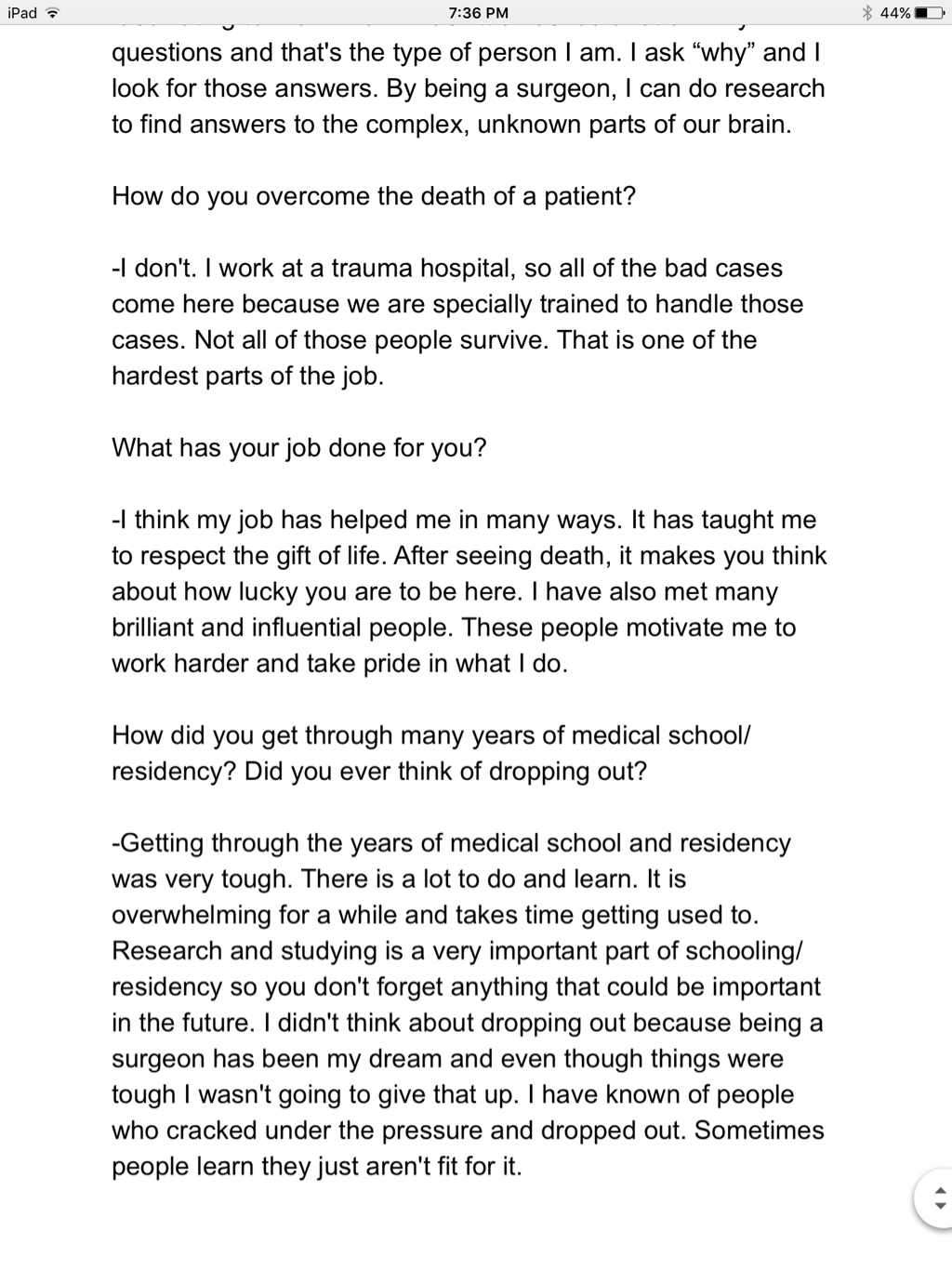

No process is absolutely right or absolutely wrong find the one that best suits you. Other writers prefer to write their conclusion at the end of the paper, after writing the body paragraphs. However, this method may not work for all writers. For this reason, some writers prefer to write their conclusions soon after they have written their introduction. In your conclusion, you recap where they have been. In your introduction, you tell readers where they are headed. Note how Jorge progresses from the opening sentences to background information to his thesis. Read the first draft of his introduction. Jorge decided to begin his research paper by connecting his topic to readers’ daily experiences. Think of your thesis as a signpost that lets readers know in what direction the paper is headed. From there, the writer builds toward a thesis, which is traditionally placed at the end of the introduction. The next few sentences place the opening in context by presenting background information.

Consult your instructor about whether or not they would like you to submit your rough draft and how.\) Your instructor may have more specific and appropriate examples for what you are doing. No example of a rough draft is provided here because the rough draft will vary depending on the nature of the intended finished project.

Even expert writers can make formatting errors, so do not underestimate how common they can be. The rough draft does not need to be correctly formatted or perfect, but know that in the next phase, when people are reviewing your work to make suggestions, attempting to have correct formatting will allow them to point out possible formatting errors as well. (The difference between the summary of the points and the thesis in the conclusion versus the summary of the points and the thesis that was in the introduction is that by the time your readers get to the conclusion, they should have seen your evidence and accepted each of your points–in your conclusion you can bring those together so that they accept your thesis.) In your field, you may need other sections, such as a Discussion section, etc.
Rough draft full#
Add an introduction which presents your thesis and summarizes your points with a hook, and add a conclusion which presents your thesis again with your argument summarized in full in a way that reconnects to the immediate concerns of your readers. Make your main points into separate sections, and remove the numbering. This is the part where your paper finally looks like a paper. Whether or not your instructor wants to collect your outline, it is good to have a general plan for your paper written out going into it, so that there are not redundant sections and so that each part has clear evidence and clear transitions.Īfter outlining, it may even seem simple to just explain each point more until it becomes a paragraph, adding sources, etc.

Review points and restate thesis see above A family in poverty will reduce work efficiencyĪ.A family in which both parents are more able to fulfill the needs of child care is more flexible and in turn healthier and more able.Healthier families contribute to a more productive workplace Both parents should be involved in thisī.Children form intense bonds early in life Paid leave helps to incentivize potential new parents.Ī. Even if a population is allowed to decline, the decline must be gradual to prevent economic collapseĬ. Large-scale immigration is not as reliable as domestic birth rateī.population growth is sustained largely by immigration should offer paid maternity leave for both parents of a child.Ī.


 0 kommentar(er)
0 kommentar(er)
